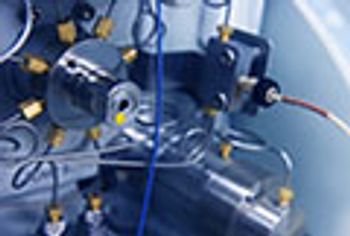
The latest advances in downstream technologies include a fluid chromatography system, sensing and control units for hygienic valves, a compact valve platform, a membrane purification column, and a protein A affinity chromatography resin.

The latest advances in downstream technologies include a fluid chromatography system, sensing and control units for hygienic valves, a compact valve platform, a membrane purification column, and a protein A affinity chromatography resin.

Ensuring the quality of data in process monitoring and control systems starts in process development phases.
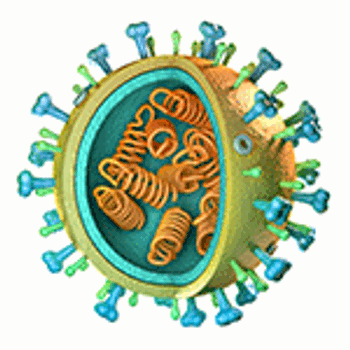
Developers need to transcend the limits of existing separation technologies, to maximize vector recovery while preserving therapeutic potency.

Achieving effective manufacturing processes and sufficient capacity remains a top priority across a diversified biologic drug pipeline.
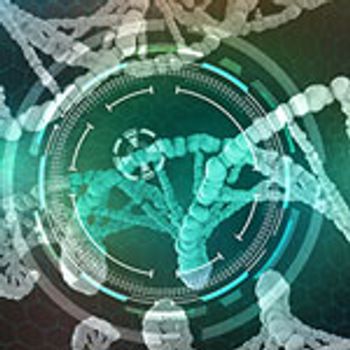
While cell and gene therapies differ in many ways, some of the best practices for process development and validation are similar.
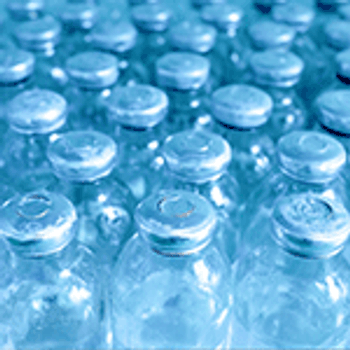
Temperature-sensitive biologics are lyophilized to preserve therapeutic viability, but the process presents complexities and challenges that are as yet not fully understood.
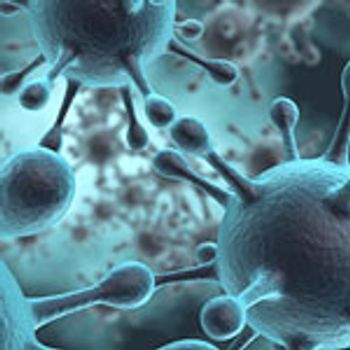
Ensuring that viral vectors are free of viral contaminants requires a focus on prevention and control.

The new addition will also launch a single-use bioreactor for the 93,000-ft2 facility.
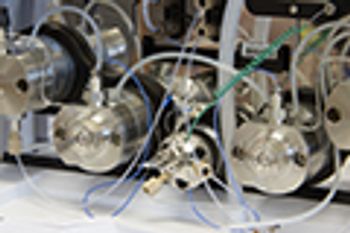
The latest advances in downstream technologies include stainless-steel liquid chromatography columns, sensing and control units for hygienic valves, a wettable phase for separation and purification, a buffer delivery platform, and a new filter integrity tester.
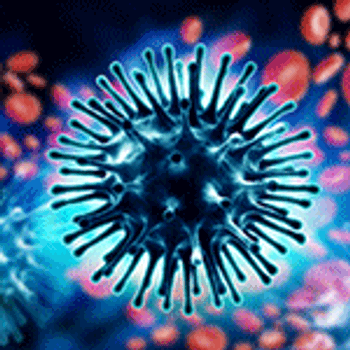
The authors of this study demonstrate an innovative method that is useful and complements traditional HA assays.

The new program, Cornerstone, integrates process development expertise and novel technology to remove development bottlenecks in the manufacture of gene therapy medicinal products.

The editors welcome technical article contributions from biopharma industry experts.
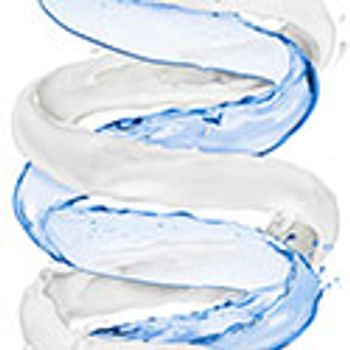
Successful process intensification with inline dilution requires effective monitoring and control.
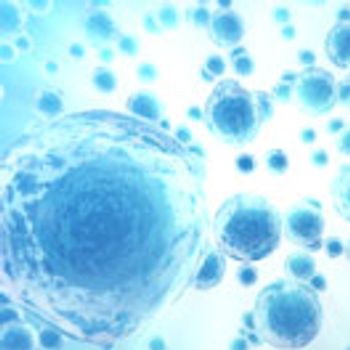
Higher cell densities are driving innovations in harvesting, including closed systems for intensified processes.
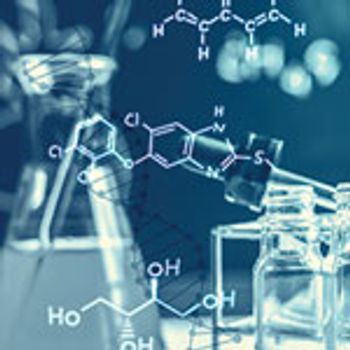
Real-time monitoring of product- and process-related impurities remains a challenge.
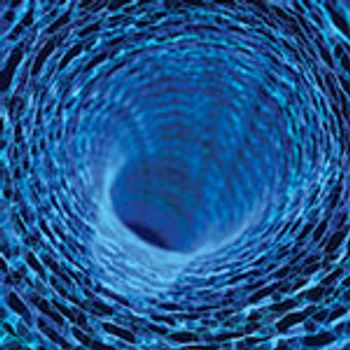
Although downstream efficiency still lags behind upstream, engineering-driven innovation is breaking through boundaries.
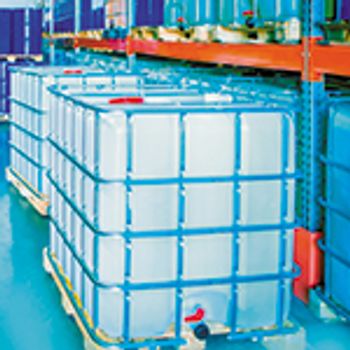
Single-use systems offer a solution to the challenges inherent in buffer preparation, which can be the cause of bottlenecking in bioprocessing.

The learning curve for process analytical technology has slowed widespread adoption.

Quality by design brings both challenges and benefits to the development of downstream processes.
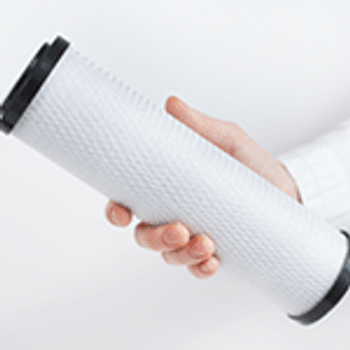
Single-use technology is gaining ground in downstream bioprocessing, but challenges stall further adoption.

The company’s Quantum peristaltic pump uses a patented single-use cartridge technology and is applicable to downstream bioprocessing.

The BioContinuum Buffer Delivery Platform offers streamlined buffer management and delivers “contiGuous” bioprocessing.

Pharmaceutical Technology and BioPharm International will present a Keynote Session on Meeting Bioprocessing Manufacturing Capacity Demands on Wednesday, April 3, 2019, during INTERPHEX 2019 at the Javits Center in New York City.

3D printing offers a new design freedom for bio/pharmaceutical manufacturing: whether for “printing” a solid-dosage drug or for creating a piece of equipment for bio/pharmaceutical laboratories or manufacturing facilities.

The latest advances in downstream processing include remote monitoring, membrane chromatography technology, single-use sensors, and new uses of data analytics.